Why Internet Speed Drops During Peak Hours & How to Fix It
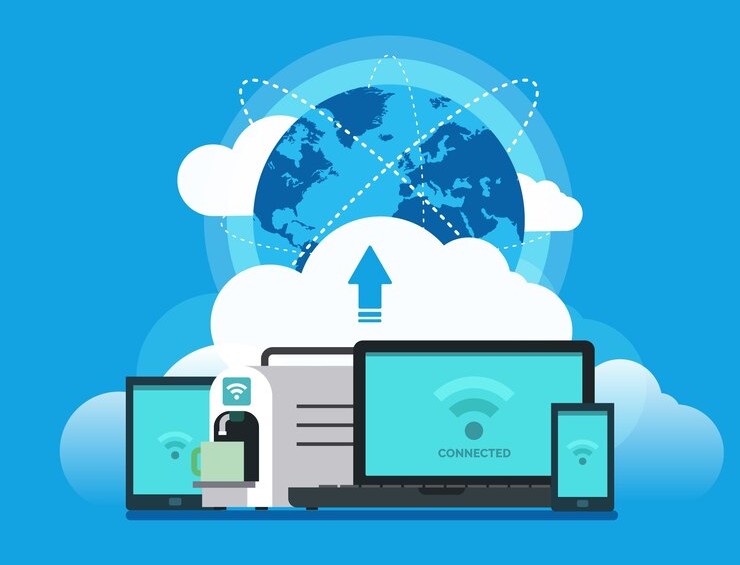
Let’s be real—there’s nothing more frustrating than your internet crawling at a snail’s pace just when you're ready to binge your favorite show or jump into a Zoom meeting. If your internet speed slows down every evening like clockwork, you’re not imagining things. This blog will break down why your internet slows during peak hours and give you practical solutions to fix it—without pulling your hair out.
What Are Peak Hours for Internet Usage?
Peak hours typically refer to the time of day when internet usage is at its highest—usually between 7 PM and 11 PM. It’s when everyone is home, streaming, gaming, scrolling, and working remotely. Just like rush hour traffic, your connection can get bogged down by too many users at once.
Why Does Internet Speed Drop During Peak Hours?
1. Network Congestion
Imagine every house in your neighborhood using Wi-Fi at once—it’s a digital traffic jam. The more people on the same network or ISP node, the slower your connection gets.
2. Shared Bandwidth
If you’re on a cable internet plan, you’re sharing bandwidth with nearby users. That means your speeds can fluctuate based on how many people are online around you.
3. ISP Throttling
Some Internet Service Providers (ISPs) intentionally slow down your connection during high-traffic periods to manage load, especially if you've exceeded a certain data limit.
4. Outdated Equipment
Using an old modem or router? That might be bottlenecking your connection. Technology evolves fast—your hardware needs to keep up.
5. Wi-Fi Interference
Other electronic devices, thick walls, and distance from the router can interfere with signal strength, especially when everyone is logged on.
How to Know if Your Internet Speed Is Actually Slower
Run a test! Use this free and reliable internet speed test tool to check your connection in real-time: Accurate speed test for internet connection
Pro tip: Run tests at different times of the day to compare performance.
How to Fix Internet Slowdowns During Peak Hours
1. Upgrade Your Internet Plan
If you’re regularly streaming, gaming, or hosting Zoom calls, your current plan may not cut it. Use this helpful tool to determine the right plan: Internet speed needs calculator for your household
2. Consider Switching Providers
Not all ISPs are created equal. Some offer better peak-hour performance, reliability, and speed. Check out this list of top-rated internet service providers for speed and value before making a switch.
3. Use Ethernet Instead of Wi-Fi
A wired connection is usually more stable and faster, especially during high-traffic times.
4. Reset Your Modem and Router
Sometimes, a simple reset can clear out bugs and refresh your network connection.
5. Upgrade Your Equipment
Routers older than 3–5 years may not support modern speeds. Upgrading to a dual-band or mesh Wi-Fi system can make a big difference.
6. Schedule High-Bandwidth Tasks
Try to download files, update software, or back up data during off-peak hours like early morning or late at night.
7. Use a VPN (With Caution)
A VPN can sometimes bypass throttling, but it can also reduce your speed depending on the server quality.
When to Call Your Internet Provider
If you’ve tried all the tips above and your speed is still dragging, it might be time to talk to your ISP. They can test the line, reset it remotely, or even offer an equipment upgrade. And if they’re no help? It may be time to explore the fastest internet providers that offer the speed you need.
5 Things to Look For When Choosing an ISP
Not sure how to pick the right internet provider? Don’t just go for the cheapest—look for:
Download/Upload Speeds
Customer Service
Data Caps
Contract Flexibility
Performance During Peak Hours
This detailed guide on things to look for when choosing an internet service provider can help you make an informed choice.
Conclusion: You Don’t Have to Settle for Slow Internet
Dealing with slow internet during peak hours isn’t just annoying—it’s disruptive. Whether you're trying to relax or get things done, your connection should work with you, not against you. From simple fixes like moving your router to more impactful solutions like upgrading your plan or switching providers, there are multiple ways to reclaim your speed.
Related Posts
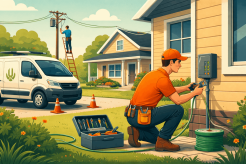
Tue, Dec 16, 2025 12:26 AM
Broadband InstallationGetting Windstream Fiber Set Up: What the Installation Really Looks Like
Learn what to expect from Windstream fiber installation, from preparation to setup, costs, and optimization tips for faster internet.
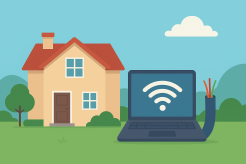
Mon, Dec 15, 2025 2:24 AM
Internet Bundles Broadband DealsFrontier Internet Review: Affordable Fiber and DSL
An updated Frontier Internet review covering fiber and DSL plans, current pricing, speeds, fees, and availability. See whether Frontier is worth it for your home.
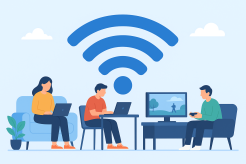
Mon, Dec 15, 2025 1:11 AM
Internet Bundles Broadband DealsCox Internet Review: Plans, Pricing, and Performance Overview
An updated Cox Internet review covering plans, pricing, speeds, data caps, and fees. See whether Cox is worth the cost.

Fri, Dec 12, 2025 3:17 AM
Internet BundlesHow to Get the Best Value From Your Internet Plan
Learn how to save money on your internet bill by optimizing your plan, upgrading smartly, and choosing the right speed and equipment for your home.
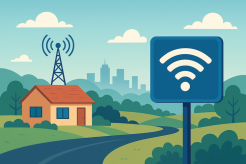
Thu, Dec 11, 2025 2:25 AM
Broadband DealsBest Broadband Service in the US: Guide to Fast, Reliable Internet
Discover the best broadband service in the US. Compare top providers like Google Fiber, AT&T, Verizon Fios, Xfinity, Spectrum, and more to find fast, reliable internet for your home or business.